The U.S. government is taking over the reins of relief efforts in Puerto Rico, after the local government has failed to properly deliver to the people in need the food, water, medicine, and other supplies arriving at the territory’s ports following the devastation of Hurricane Maria. On Oct. 8, troops began handing out the supplies directly.
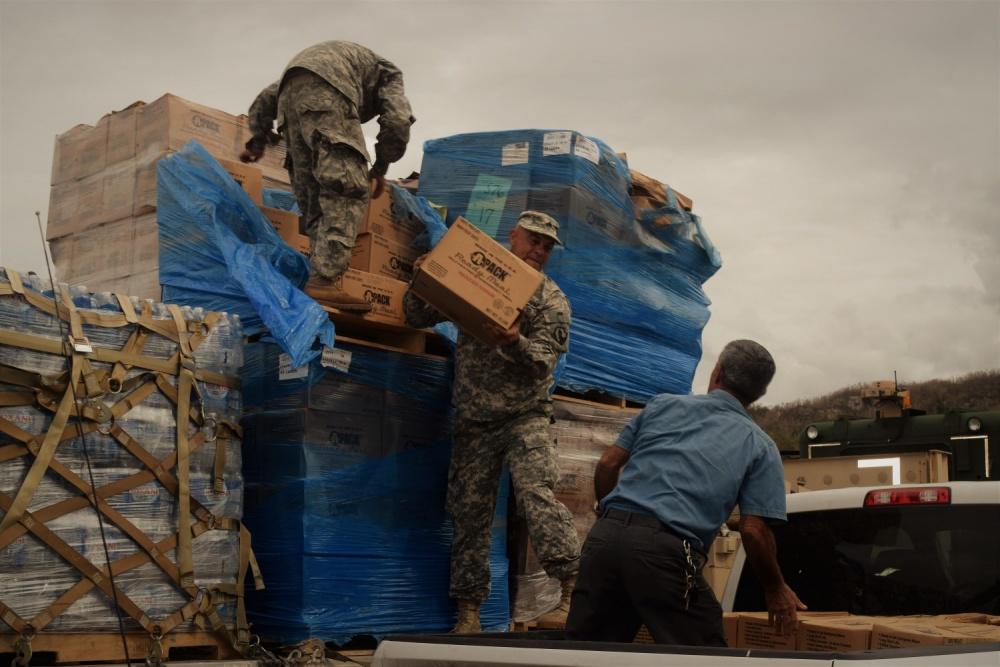
President Donald Trump stated on Twitter on Sept. 30, “Results of recovery efforts will speak much louder than complaints by San Juan Mayor. Doing everything we can to help great people of PR!”
Trump visited Puerto Rico on Oct. 3, and spoke with Gov. Ricardo Rosselló—who has praised Trump’s response—and other local leaders to evaluate the situation. Trump said the roads were cleared and communications were starting to come back, but “we need their truck drivers to start driving trucks.”
“We need truck drivers, we need the police,” he said. “We have tremendous amounts of supplies there, we need to distribute it locally and the best ones to do that are local people, we need local help.”
Trump noted that while locals were helping, “a lot of them lost their homes and when you lose a home it’s not easy to say hey I’m going to start delivering water.”
Now, however, the Trump administration has extended its efforts to also include the direct distribution of supplies in key areas.
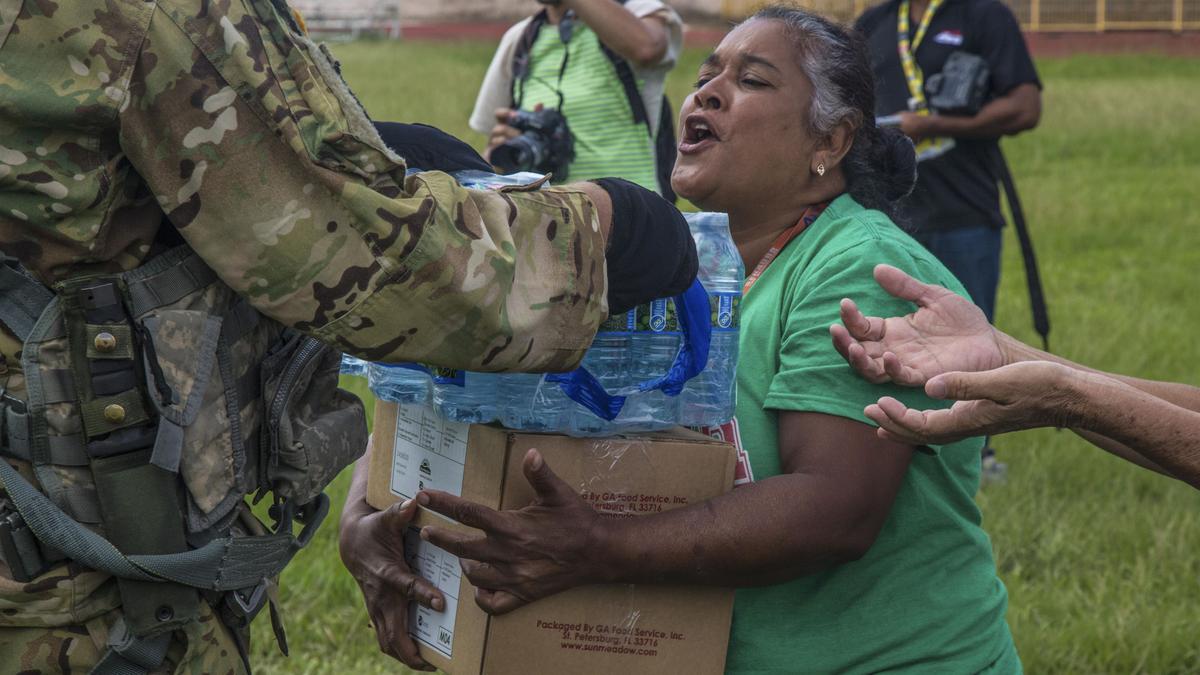
Puerto Rico Gov. Ricardo Rosselló said during an Oct. 8 press conference in San Juan that the U.S. Department of Defense had sent close to 13,000 personnel to help in Puerto Rico, and 4,000 members of the Puerto Rico National Guard and Emergency Management Assistance Compact are helping.
“There’s an expectation of 3,000 more to come to Puerto Rico in the next couple of weeks as well,” he said, adding that “Water and food delivery keeps being a top priority, making sure the people of Puerto Rico have the elements important to survive through this crisis.”
https://www.youtube.com/watch?v=2hQKo1Ja0bs
Besides delivering goods, other priorities for the DOD are restoring energy through generators or through the power grid, and to help get all hospitals running again at full capacity. As of Oct. 8, 66 hospitals were operational, while 78 percent of the island’s gas stations and 77 percent of its supermarkets were open.
Trump posted a video of the relief efforts on Twitter on Oct. 8, and stated “Nobody could have done what I’ve done for #PuertoRico with so little appreciation. So much work!”
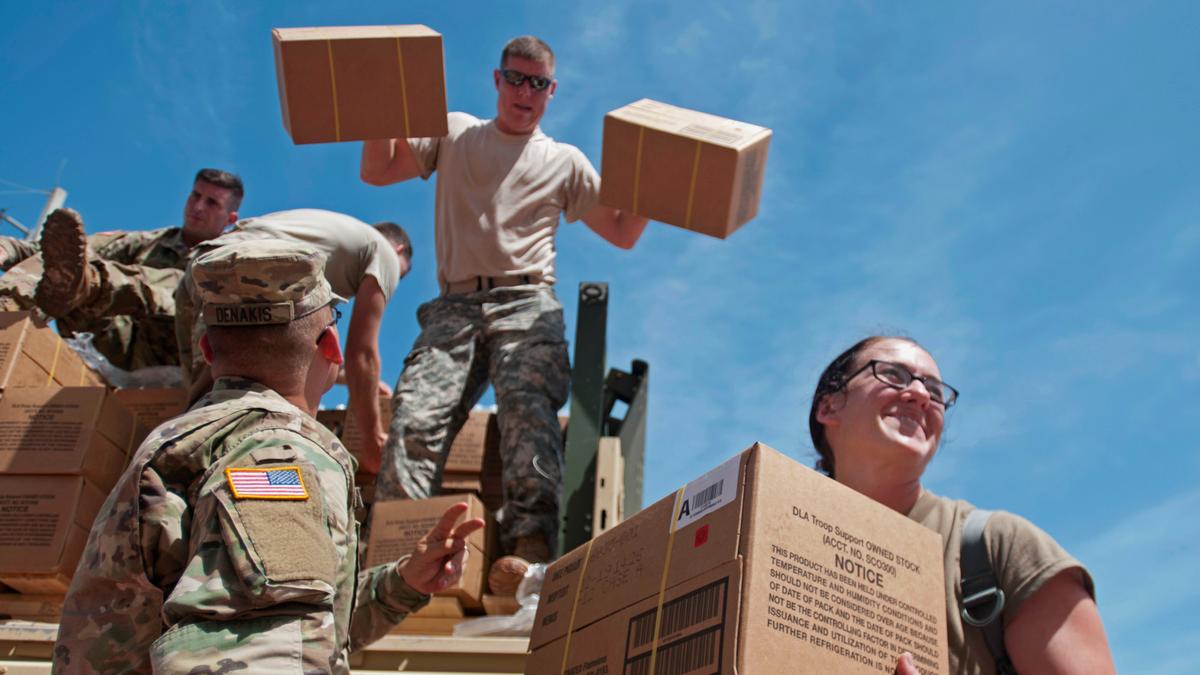
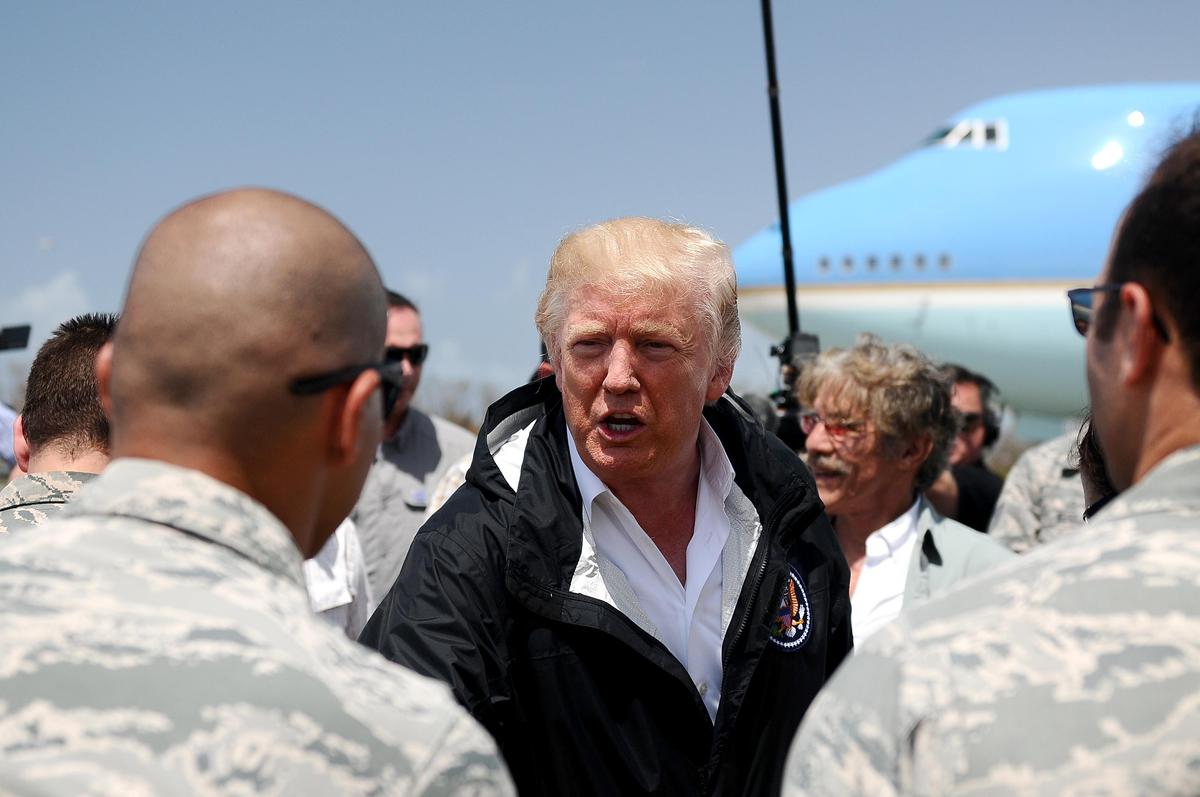
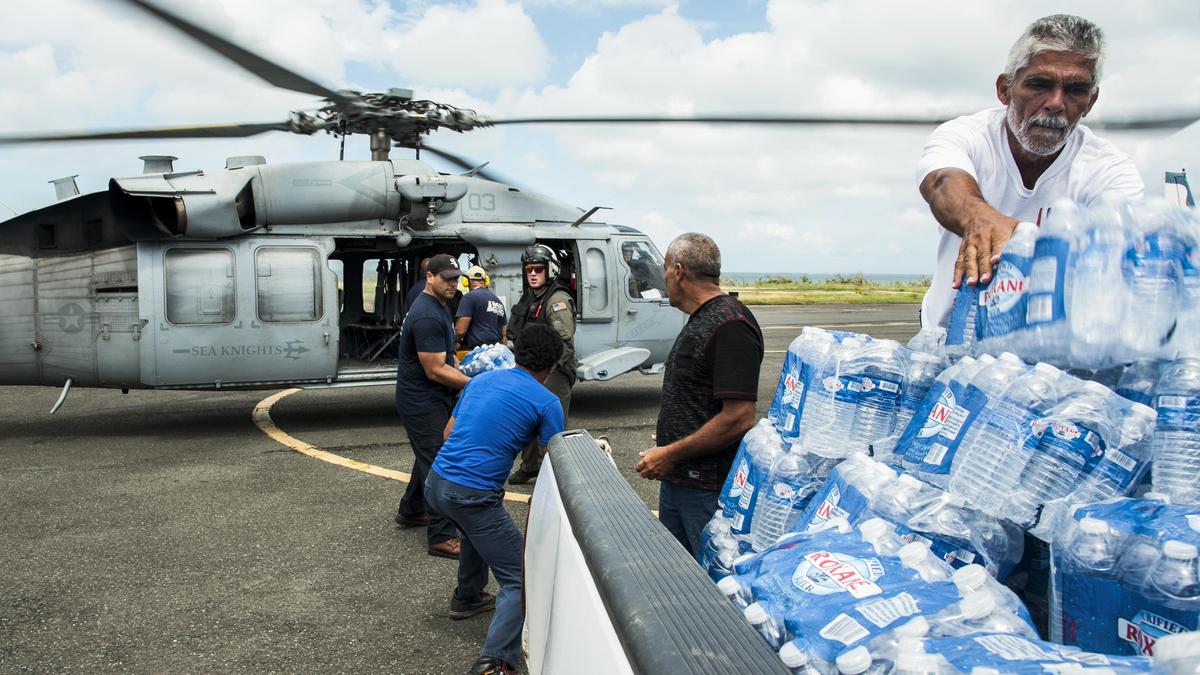
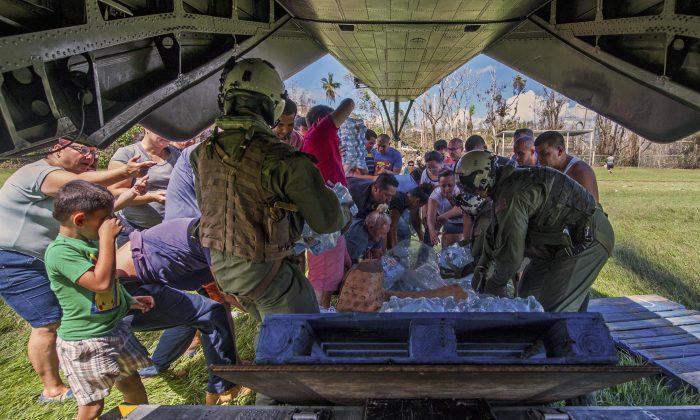

![[LIVE Q&A 04/23 at 10:30AM ET] Pro-Palestinian Protesters Declare ‘Autonomous Zones’](/_next/image?url=https%3A%2F%2Fimg.theepochtimes.com%2Fassets%2Fuploads%2F2024%2F04%2F22%2Fid5634975-CR-TN_REC_0423-1080x720.jpg&w=1200&q=75)
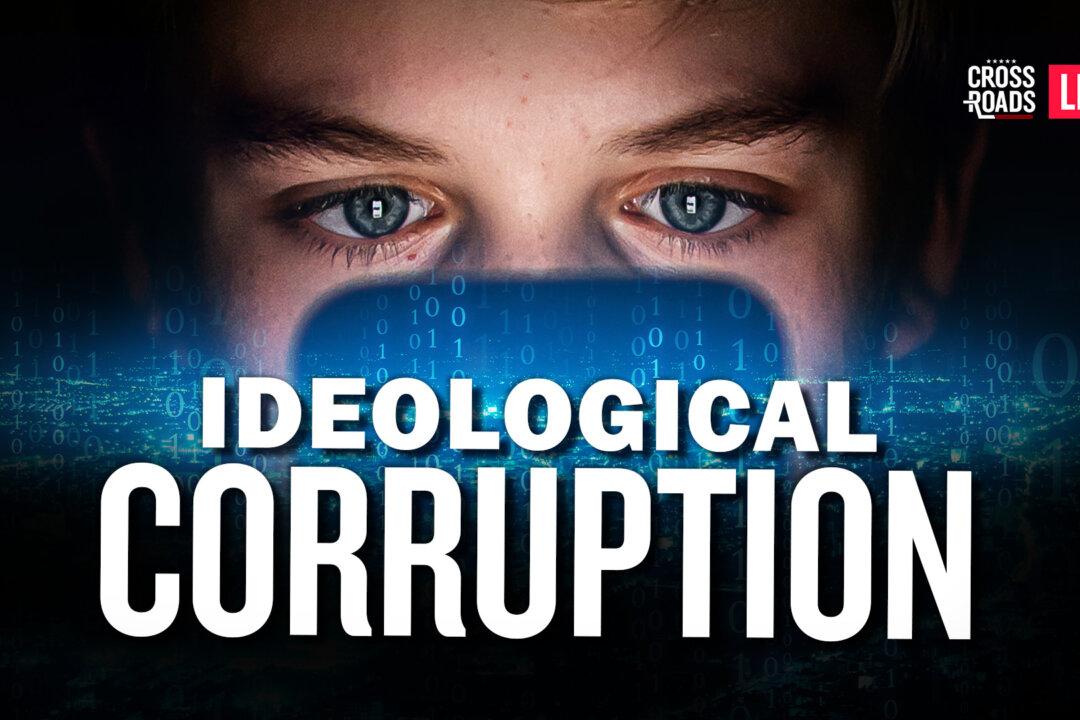
![[LIVE 4/26 at 10:30AM ET] New Push Started for Global Digital Currencies](/_next/image?url=https%3A%2F%2Fimg.theepochtimes.com%2Fassets%2Fuploads%2F2024%2F04%2F19%2Fid5633115-0426-1080x720.jpg&w=1200&q=75)
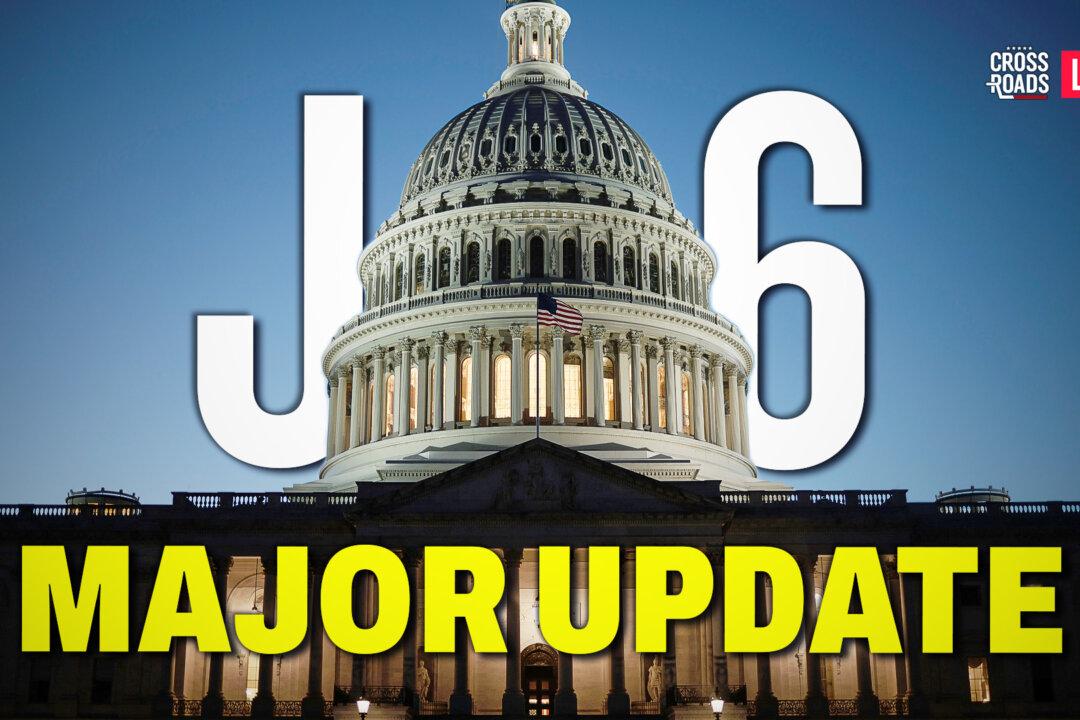
Friends Read Free